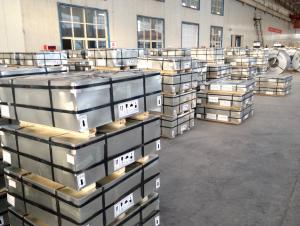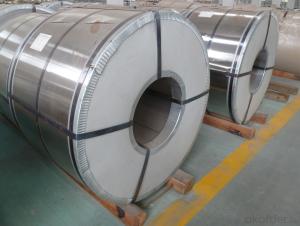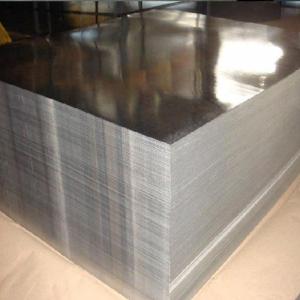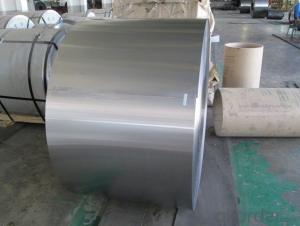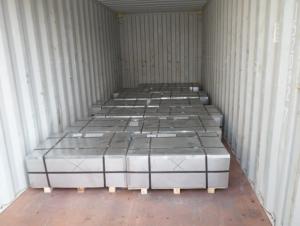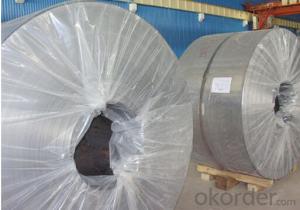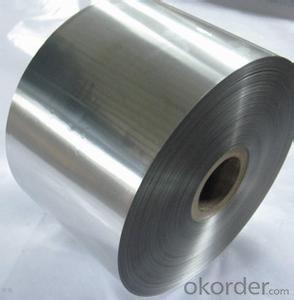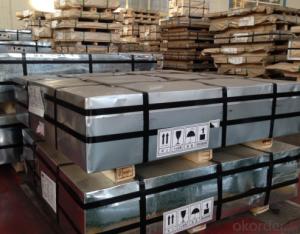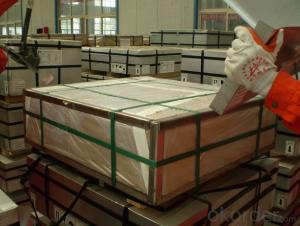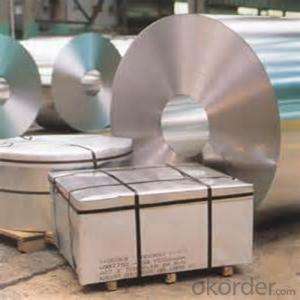Tinplate Properties
Tinplate Properties Related Searches
17-4 Stainless Steel Properties 18-8 Stainless Steel Properties 303 Stainless Steel Properties Aluminum Jig Plate Properties Properties Of Geomembrane Compacted Graphite Iron Fiberglass Properties Tinplate Properties Geogrid PropertiesHot Searches
Type Of Scaffolding With Pdf Aluminum Corp Of China Stock China Wide Aluminum Foil Cost Of Heated Floors In Bathroom Cost Of Evacuated Tube Solar Collectors Price Of A Container Aluminum Sheet Stock Sizes Cost Of 4X8 Sheet Of Plywood Cost Of Drywall Per Sheet Cost Of Plywood Per Square Metre Cost Of Mdf Per Square Metre Cost Of A Ton Of Coal Cost Of Room Heater Cost Of Folding Chairs Online Shopping Of Kitchen Items Pallet Of Shingles Cost Cost Of Installing Hardwood Floors Cost Of Hardwood Floors Cost Of Heated Floors Cost To Waterproof A BasementTinplate Properties Supplier & Manufacturer from China
Okorder.com is a professional Tinplate Properties supplier & manufacturer, offers integrated one-stop services including real-time quoting and online cargo tracking. We are funded by CNBM Group, a Fortune 500 enterprise and the largest Tinplate Properties firm in China.Hot Products
FAQ
- Tinplate is generally not affected by exposure to UV light as it is a highly durable and corrosion-resistant material. However, prolonged exposure to intense UV radiation may cause minor color fading or surface discoloration over an extended period of time.
- Tinplate is different from other types of steel primarily because it has a thin layer of tin coating on its surface. This coating provides tinplate with exceptional corrosion resistance, making it ideal for packaging food and beverages. Additionally, the tin coating gives tinplate a shiny appearance and enhances its solderability, making it suitable for various industrial applications.
- Yes, tinplate packaging can be used for chemical products. Tinplate is a durable and resistant material that can effectively protect chemical products from external factors such as corrosion, light, and moisture. It is commonly used in the packaging of various chemical products, including paints, solvents, and adhesives.
- The industry standards for tinplate typically involve specifications related to the thickness, coating weight, and surface finish of the tinplate. These standards ensure the quality and performance of tinplate products, facilitating their use in various industries such as packaging, automotive, and construction.
- Using tinplate for kitchenware offers several benefits. Firstly, tinplate is highly resistant to corrosion, ensuring the longevity and durability of kitchen utensils. It also provides a non-reactive surface, meaning that it does not interact with food or alter its taste, ensuring the safety and quality of meals. Additionally, tinplate is lightweight, making it easy to handle and maneuver while cooking. It also has excellent heat conductivity, allowing for even heat distribution and efficient cooking. Overall, the use of tinplate in kitchenware guarantees a reliable and efficient cooking experience.
- The factors that determine the lifespan of tinplate packaging include the quality of the tin coating, the thickness of the tinplate material, the presence of protective coatings, the storage conditions (e.g., temperature and humidity), exposure to external elements (e.g., moisture, oxygen, and chemicals), and the overall handling and care during transportation and use.
















